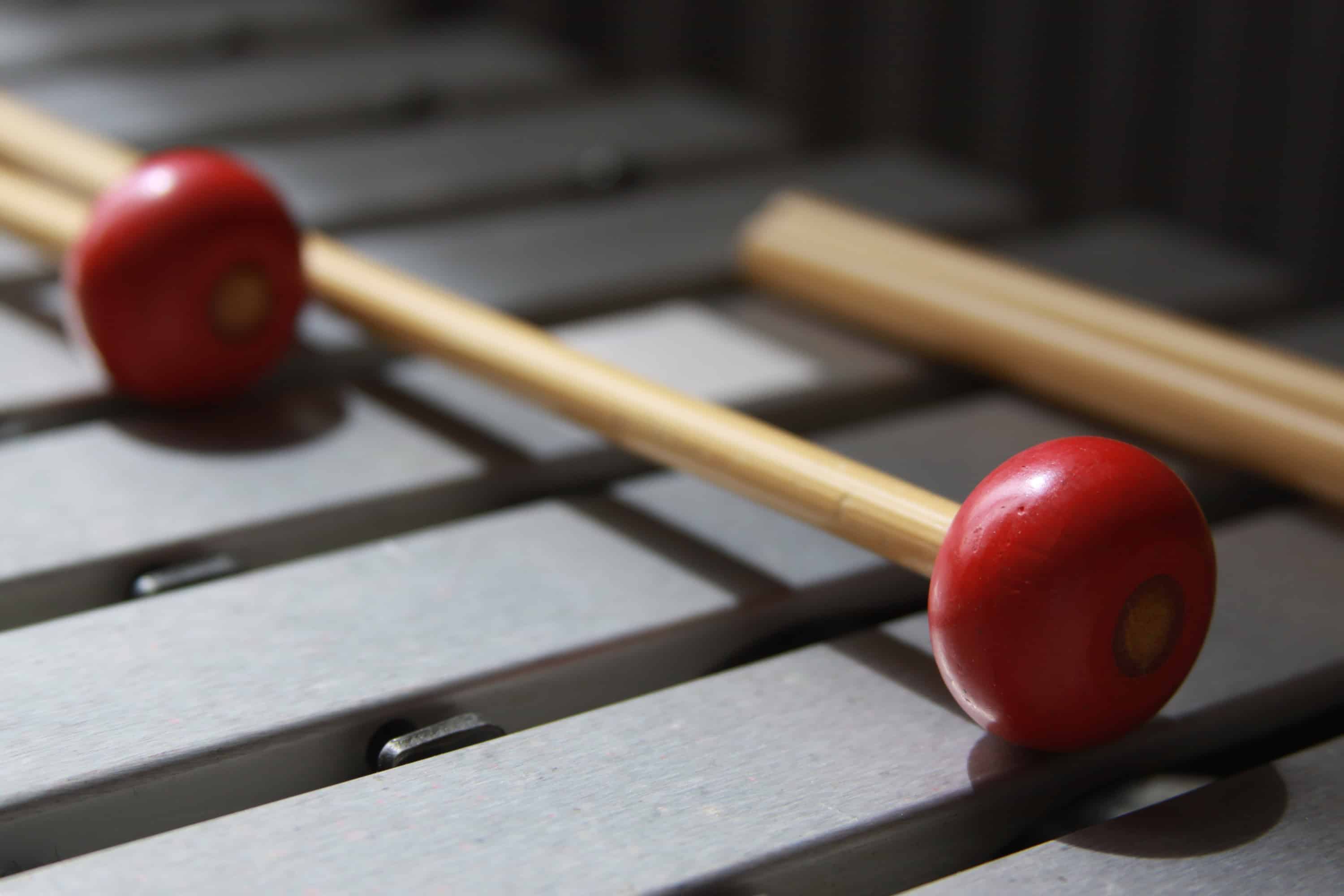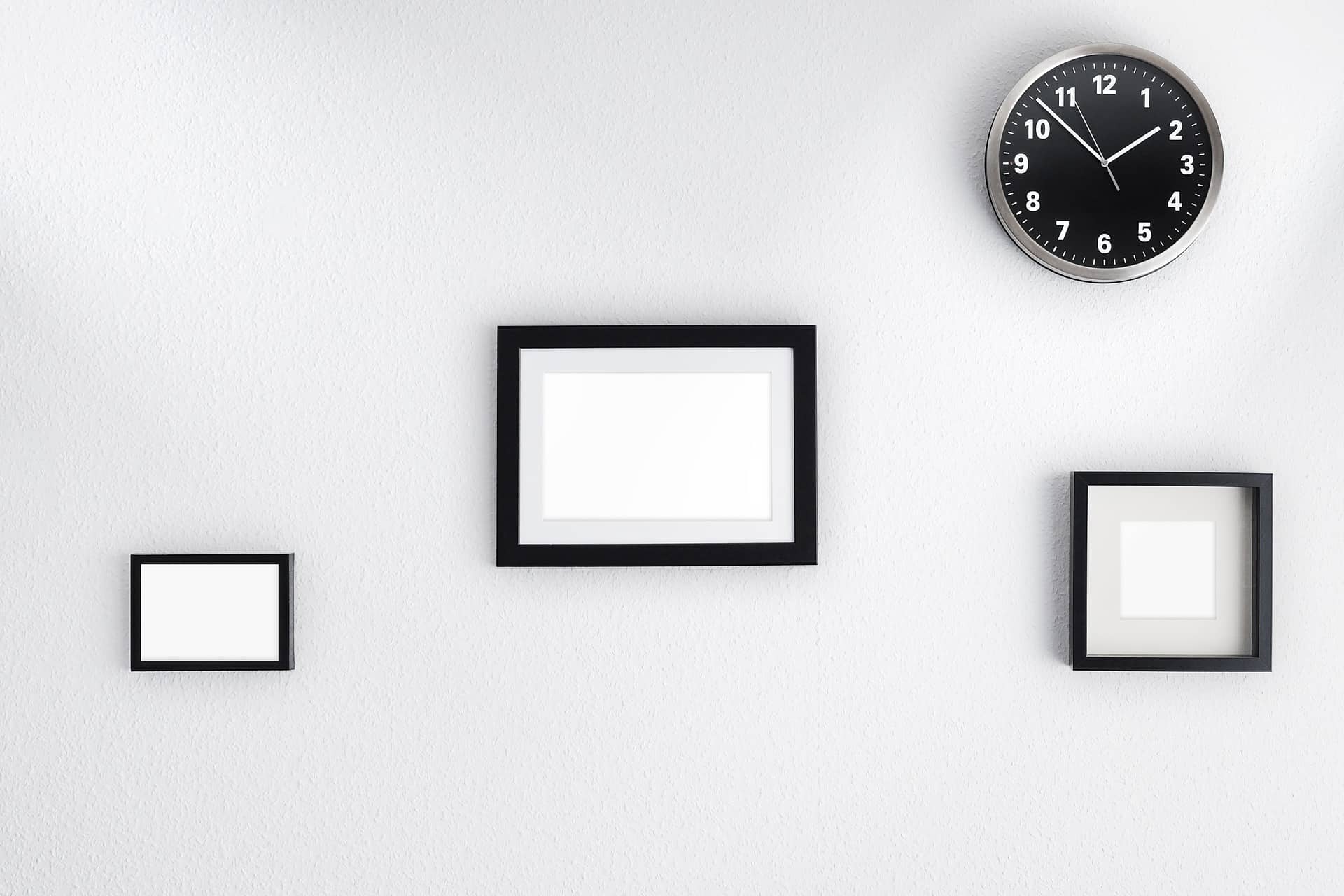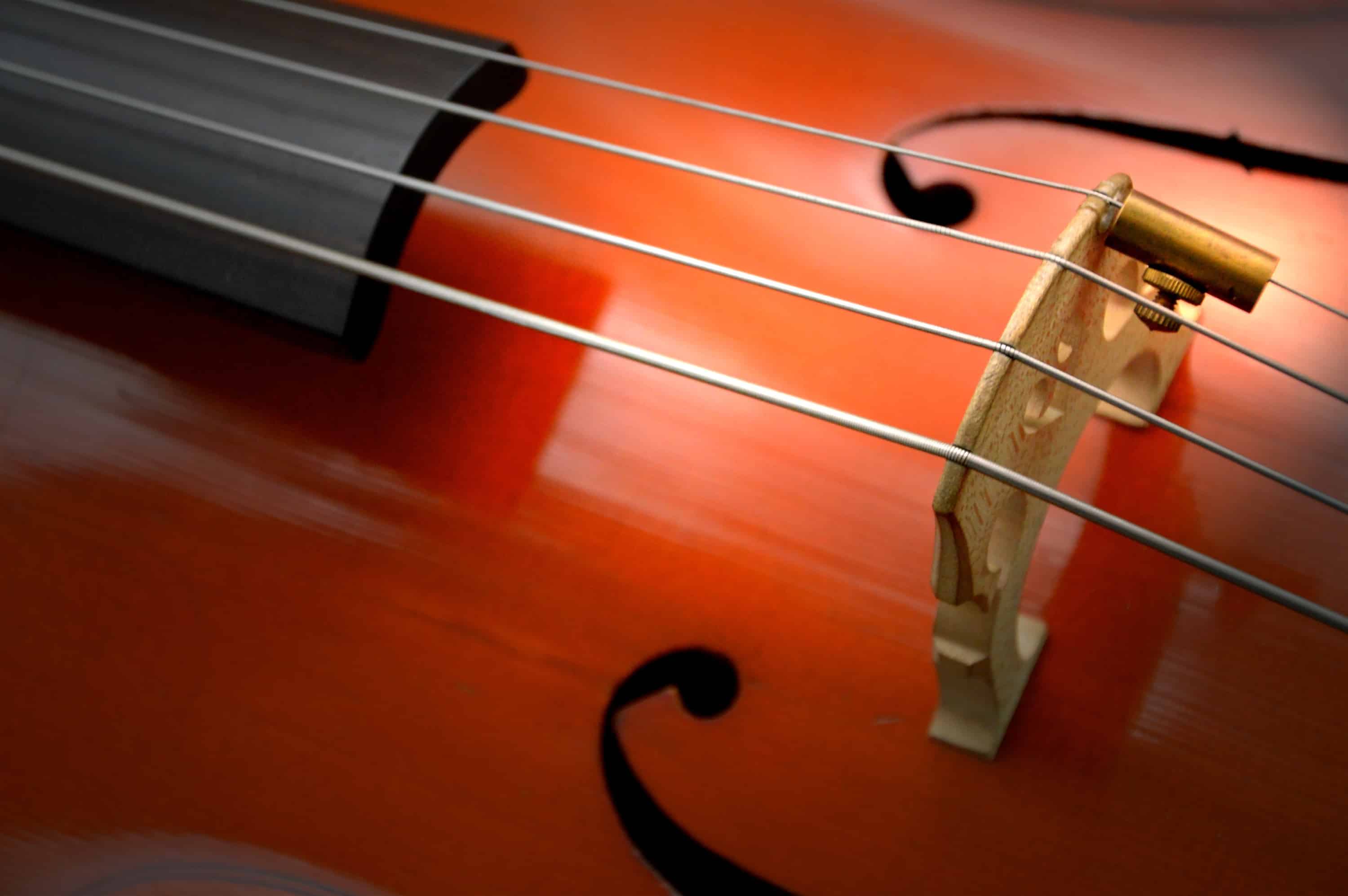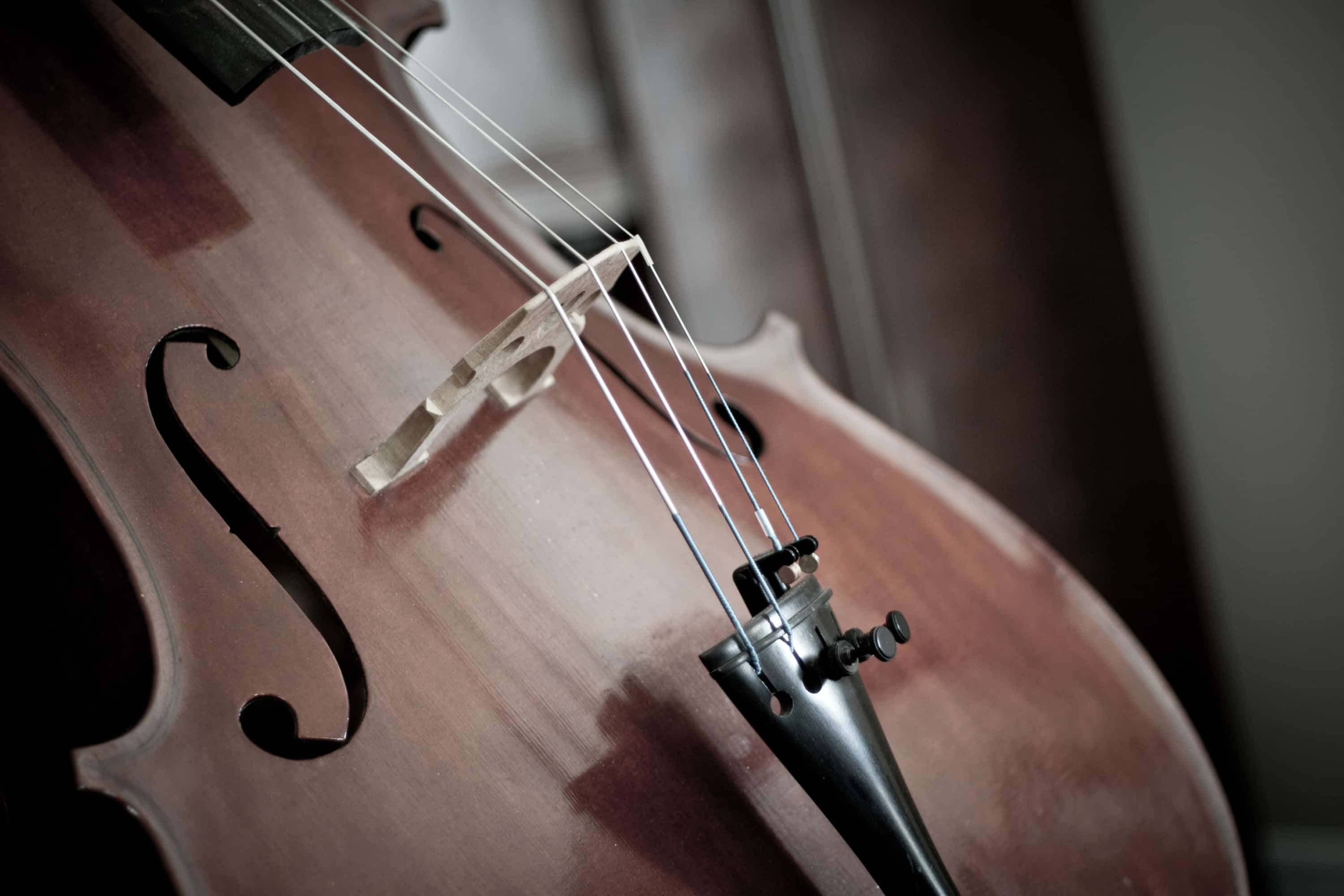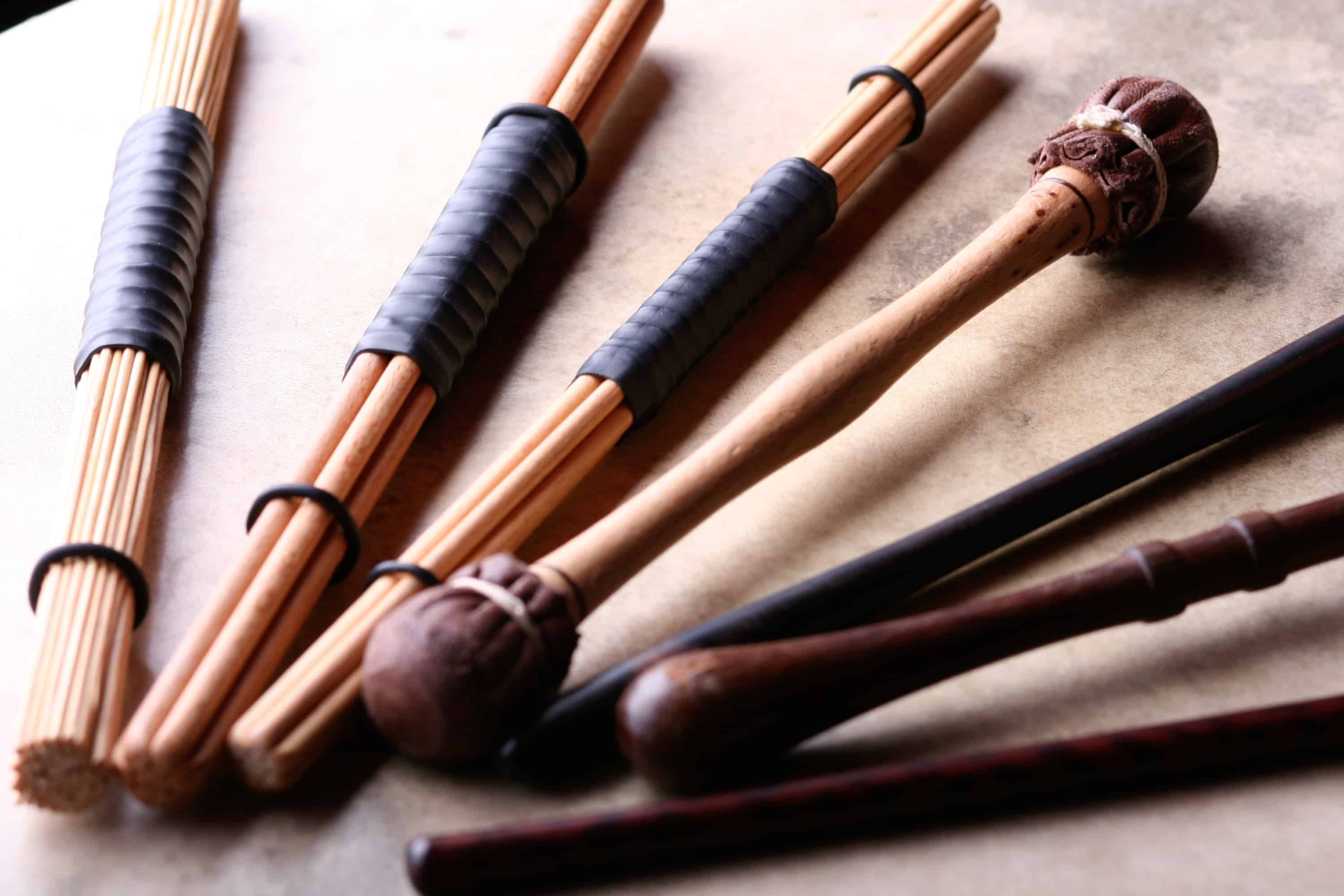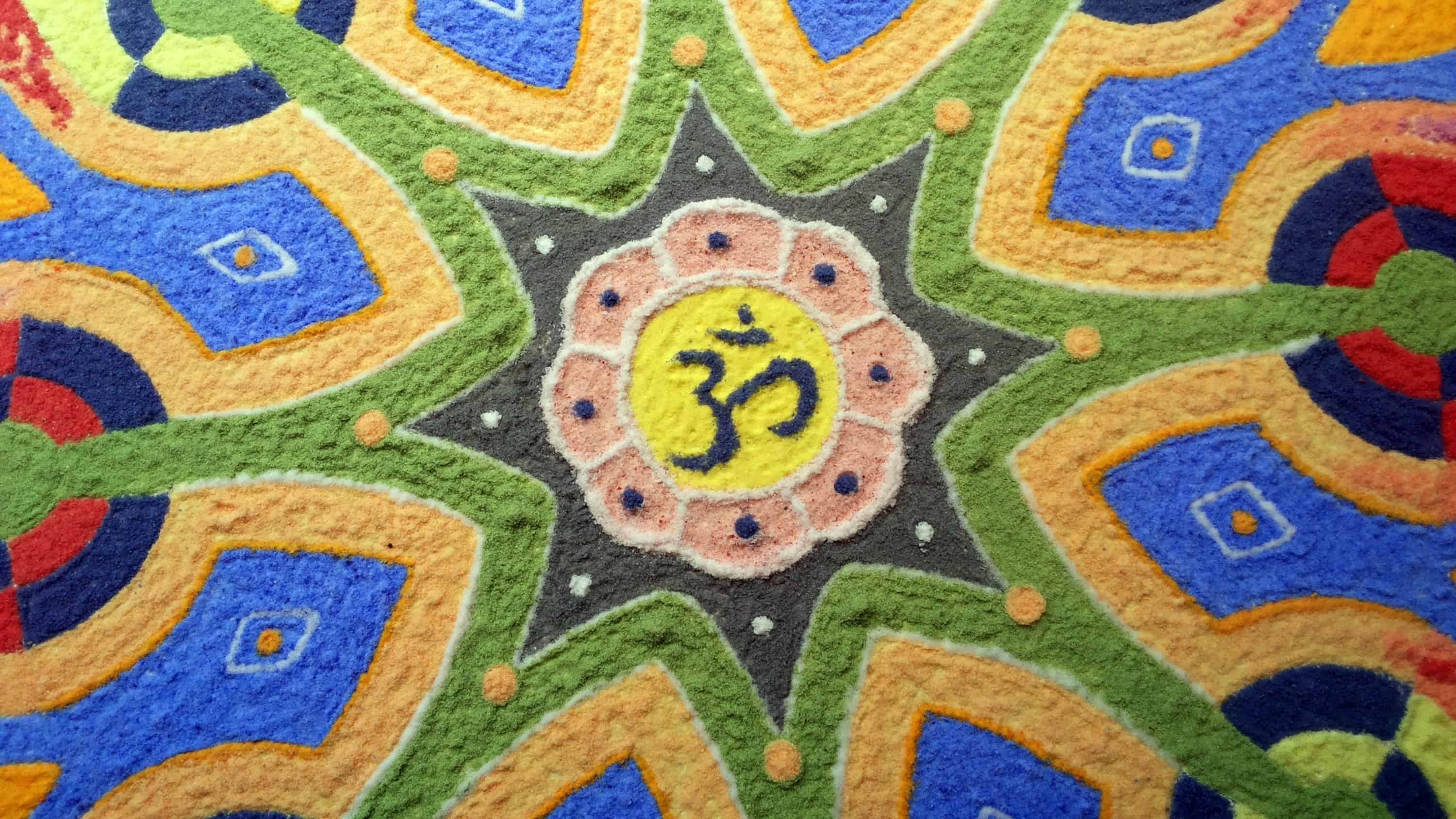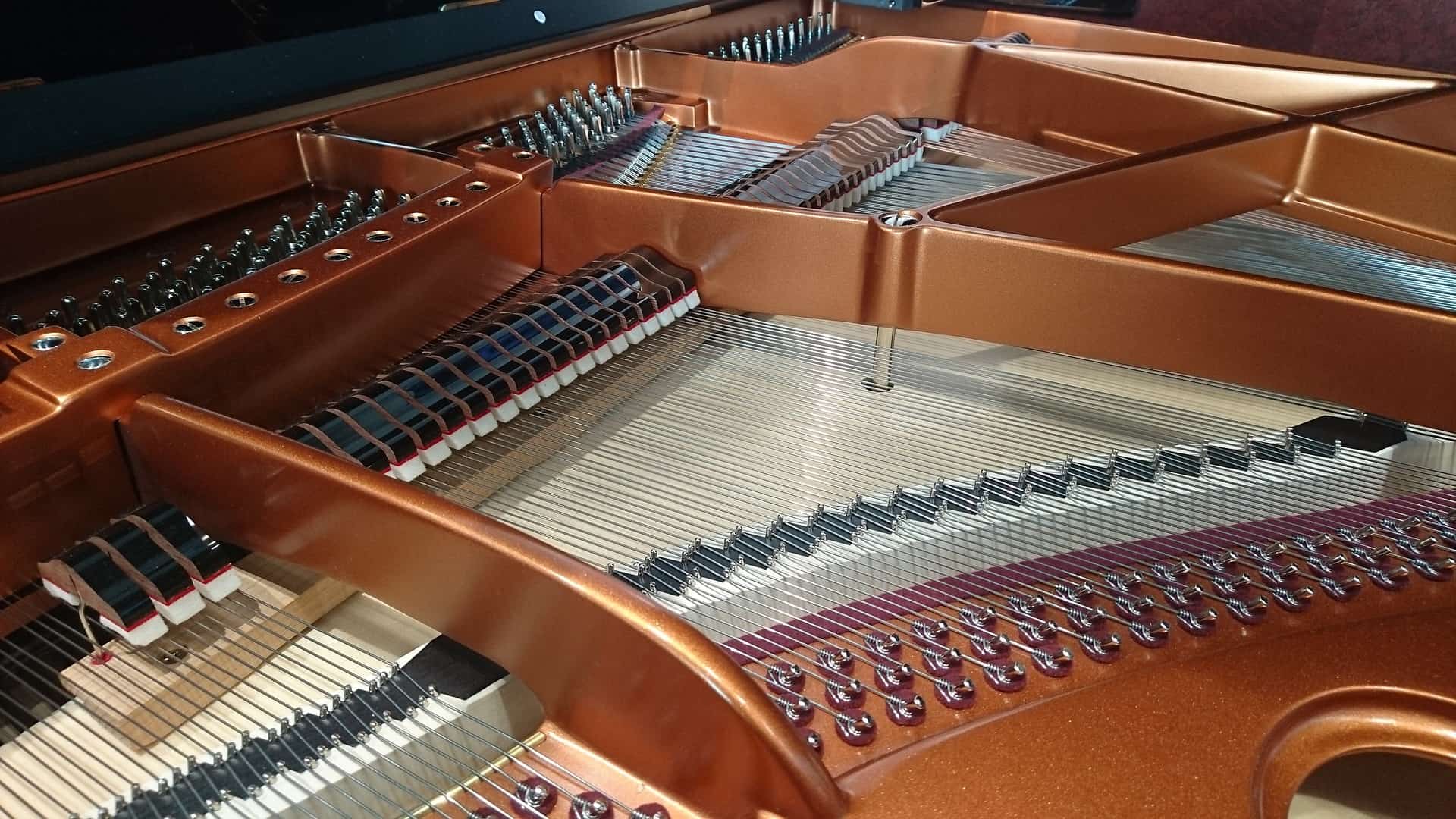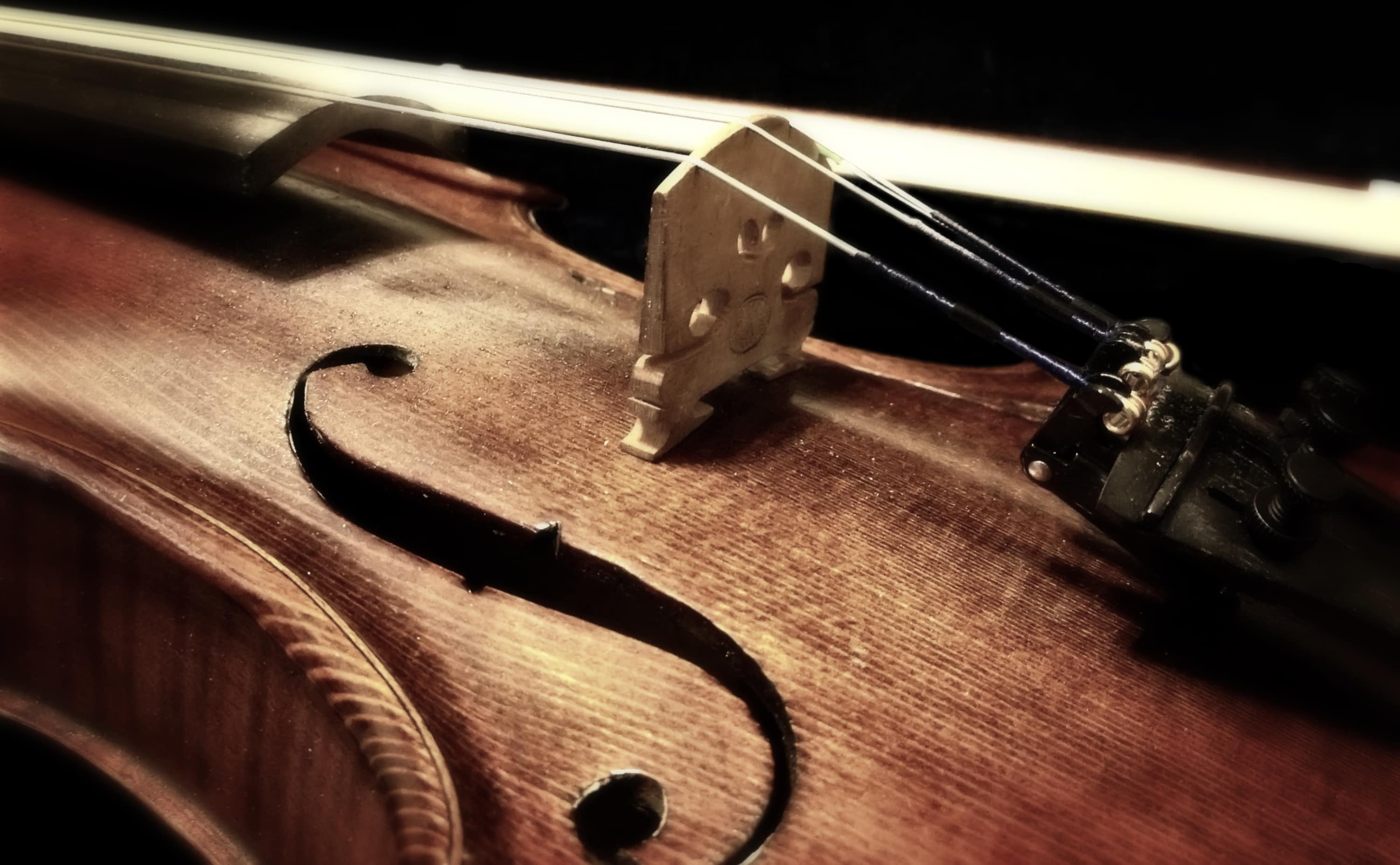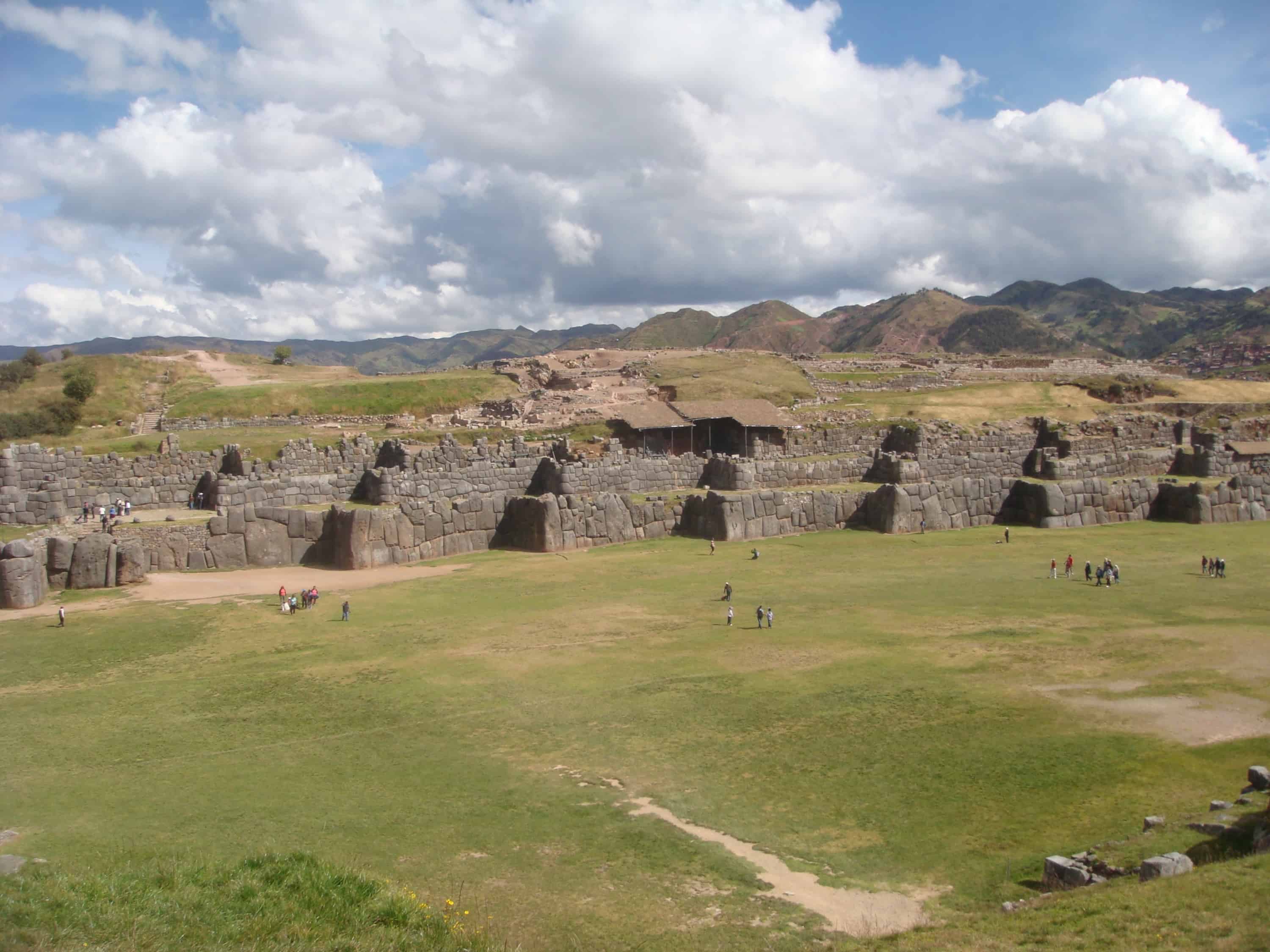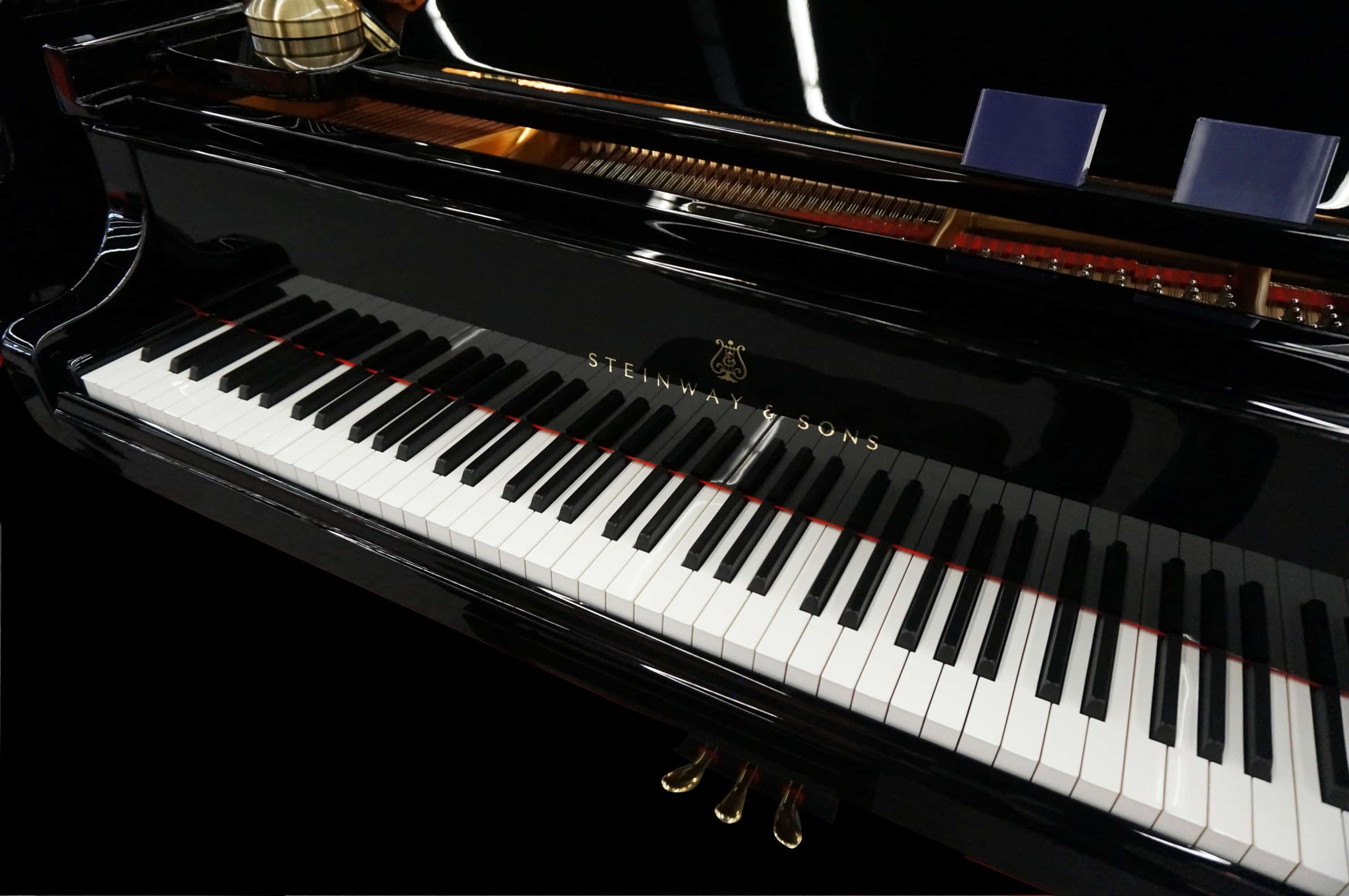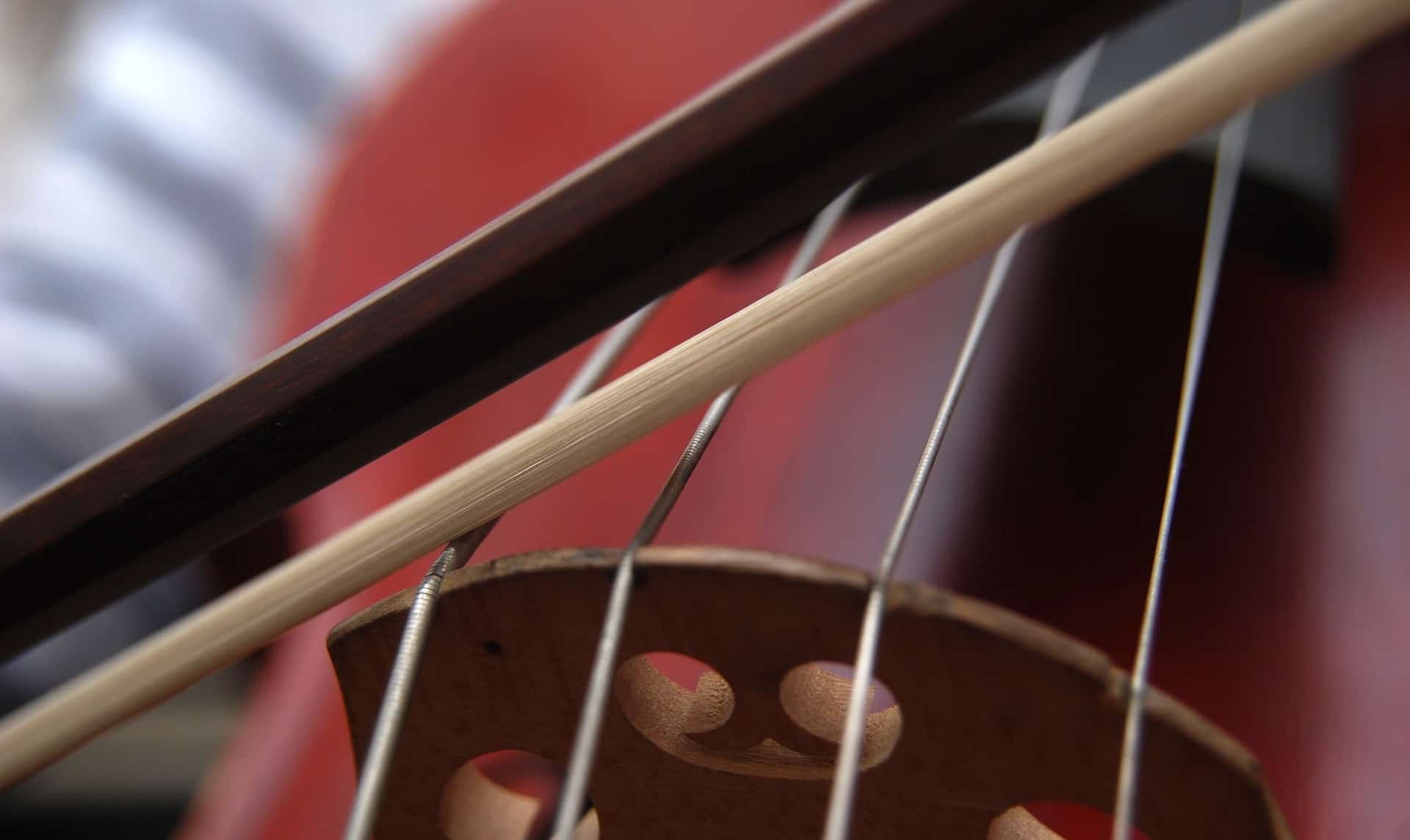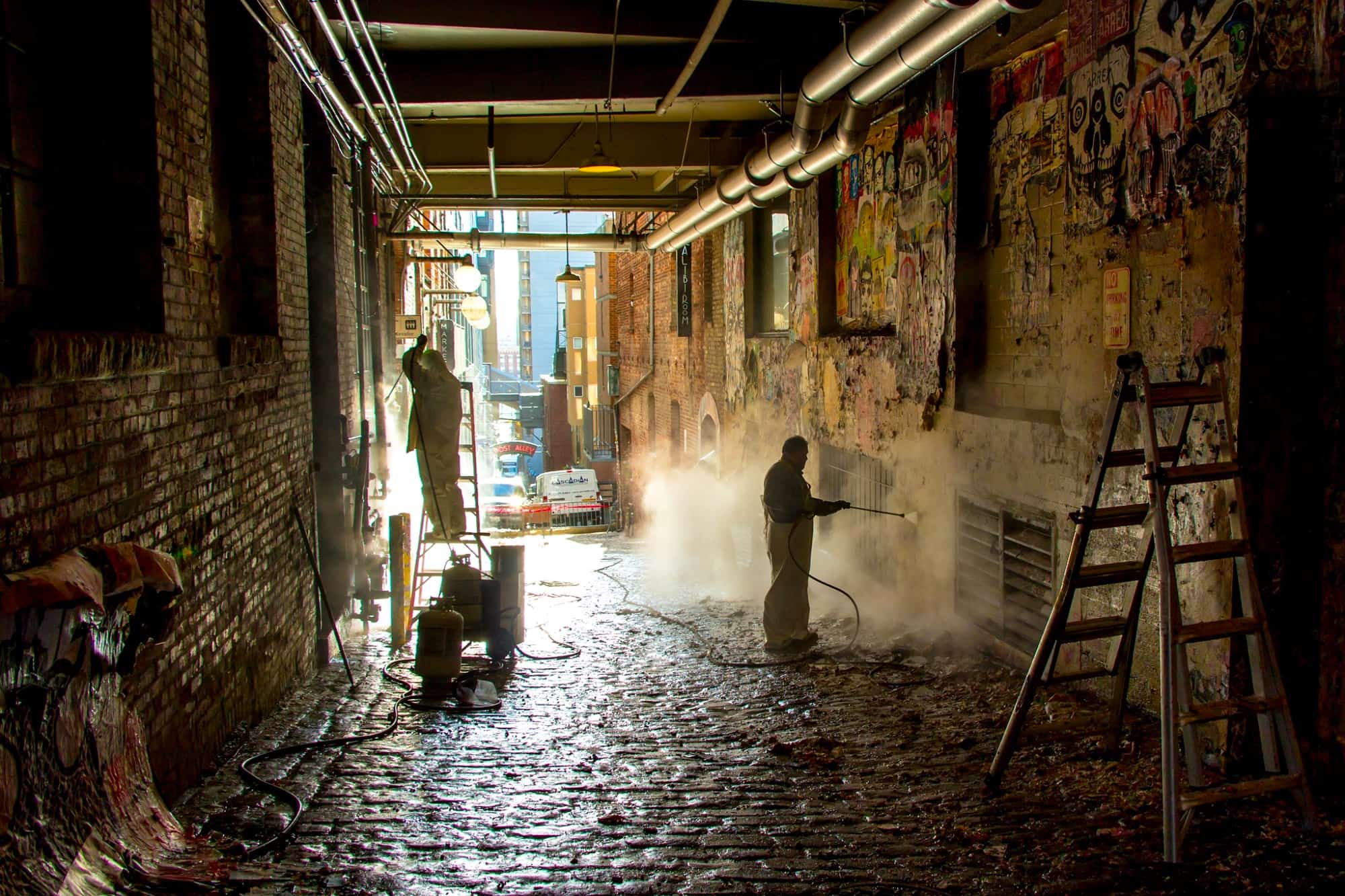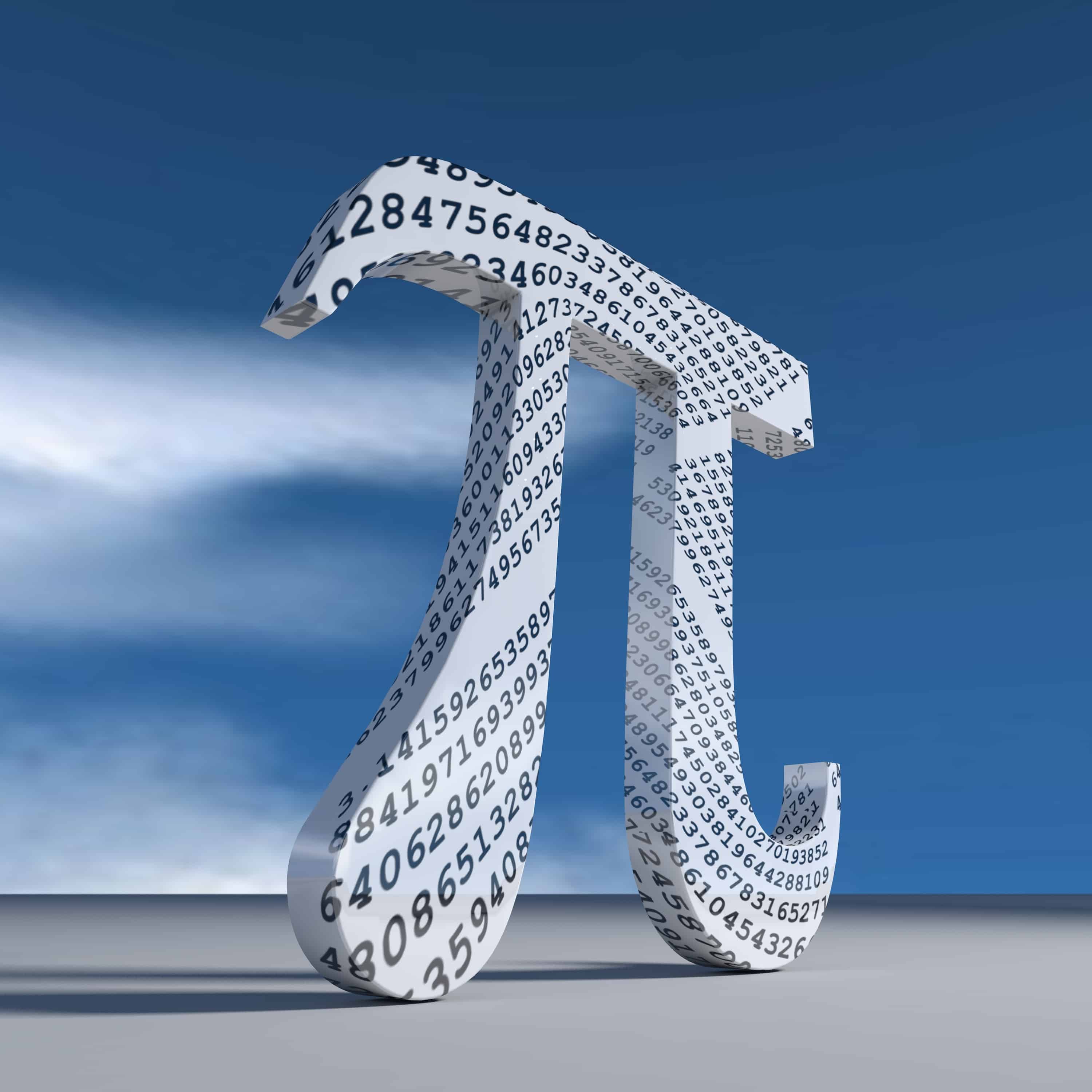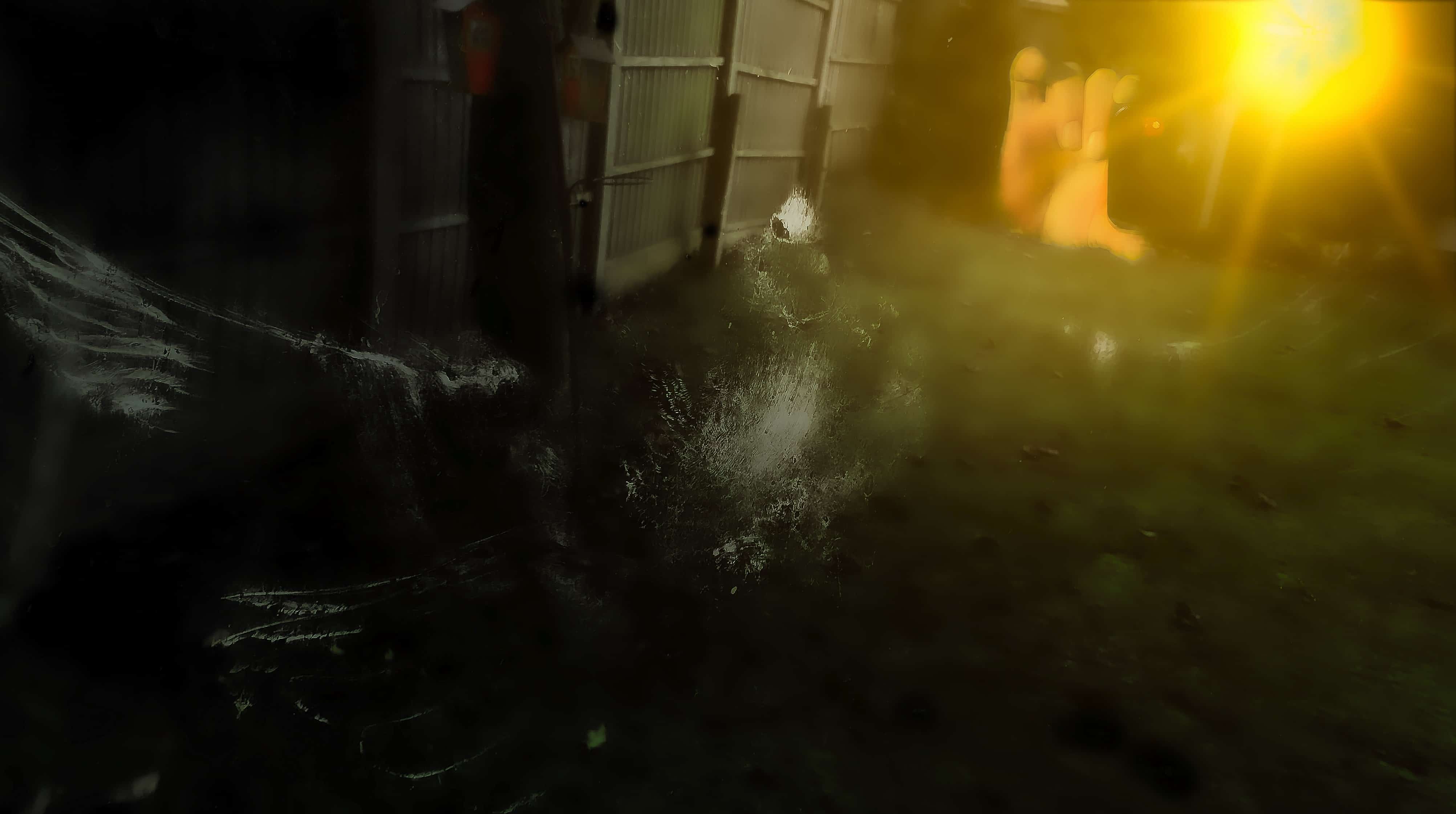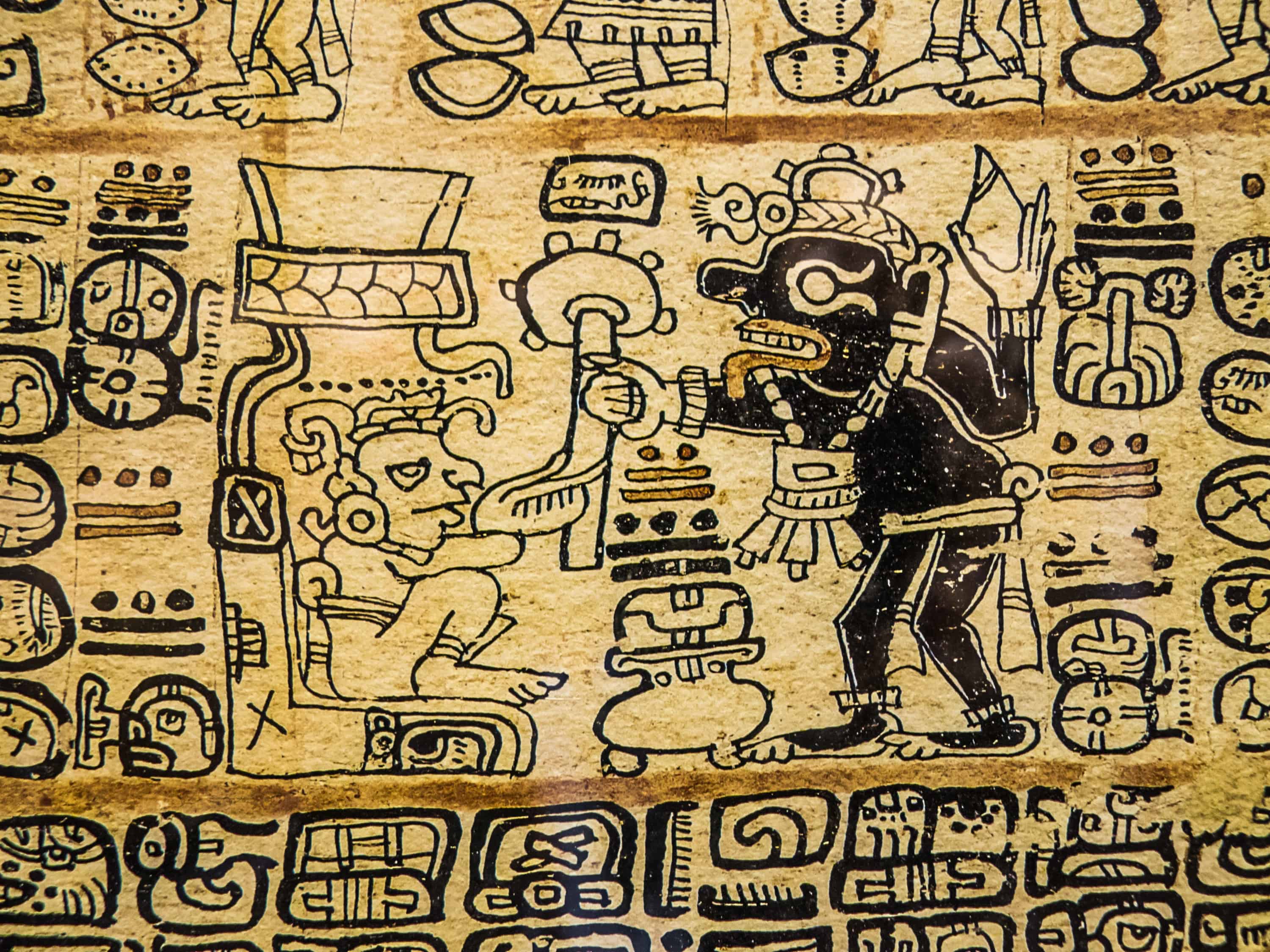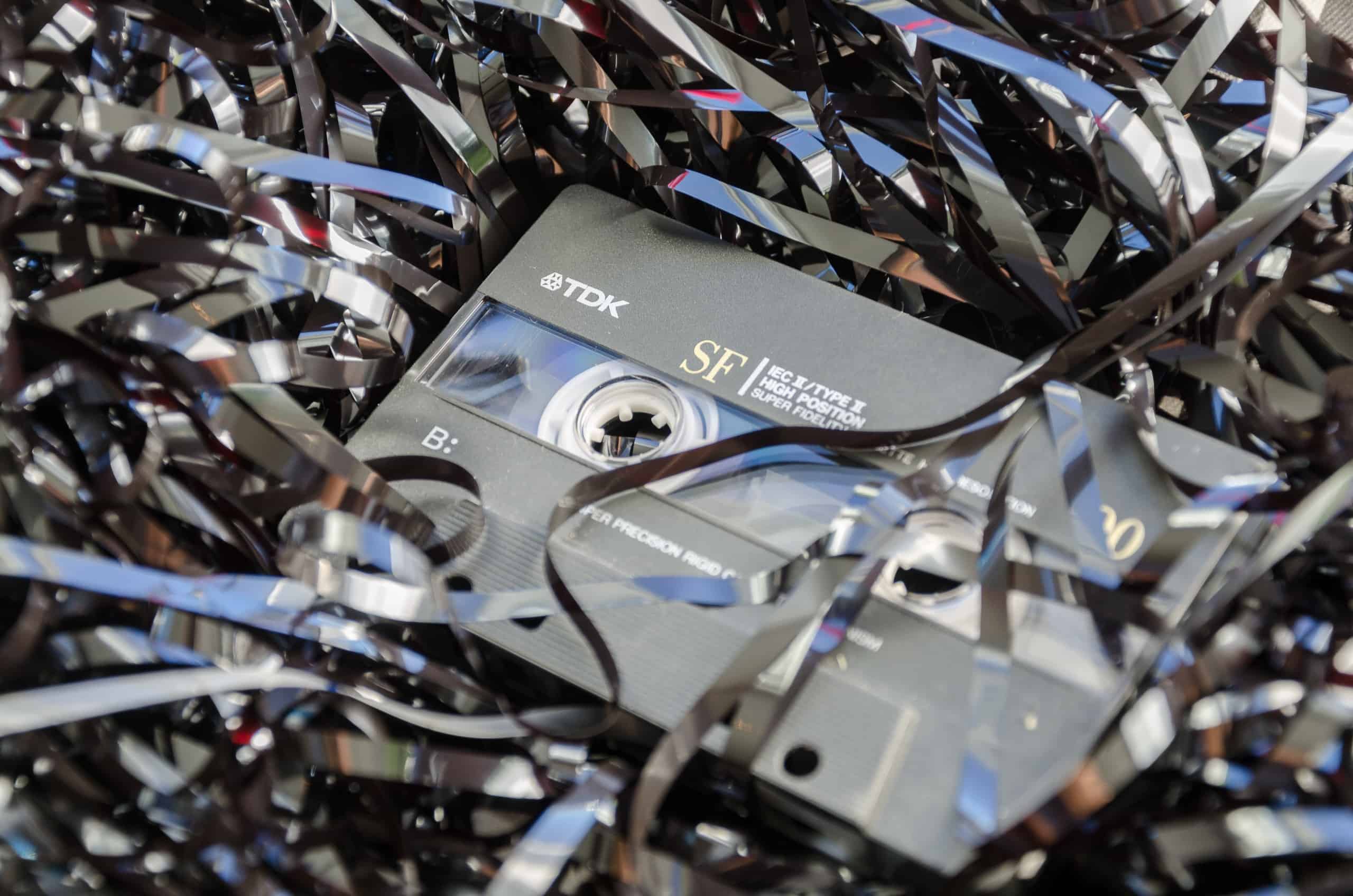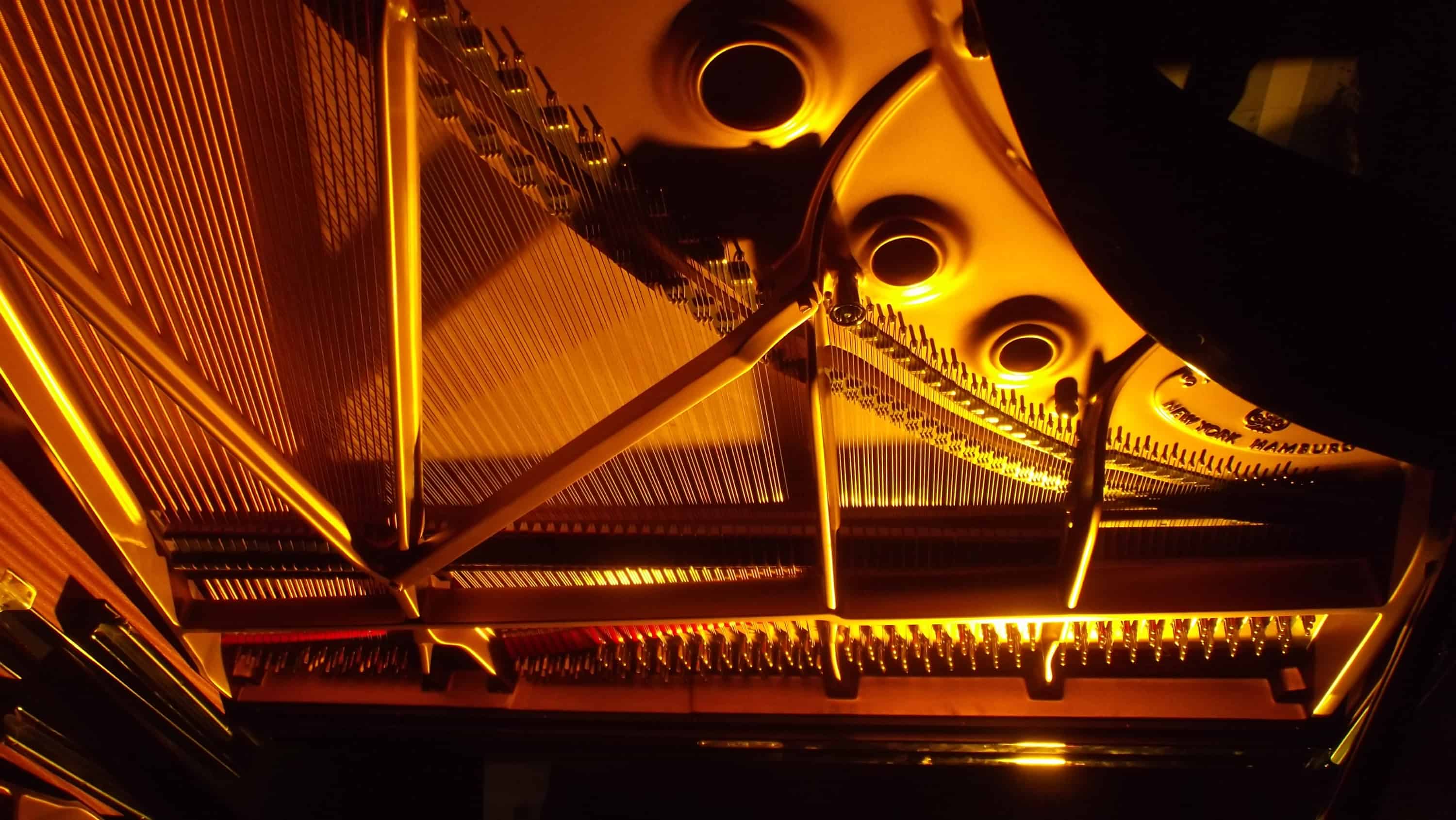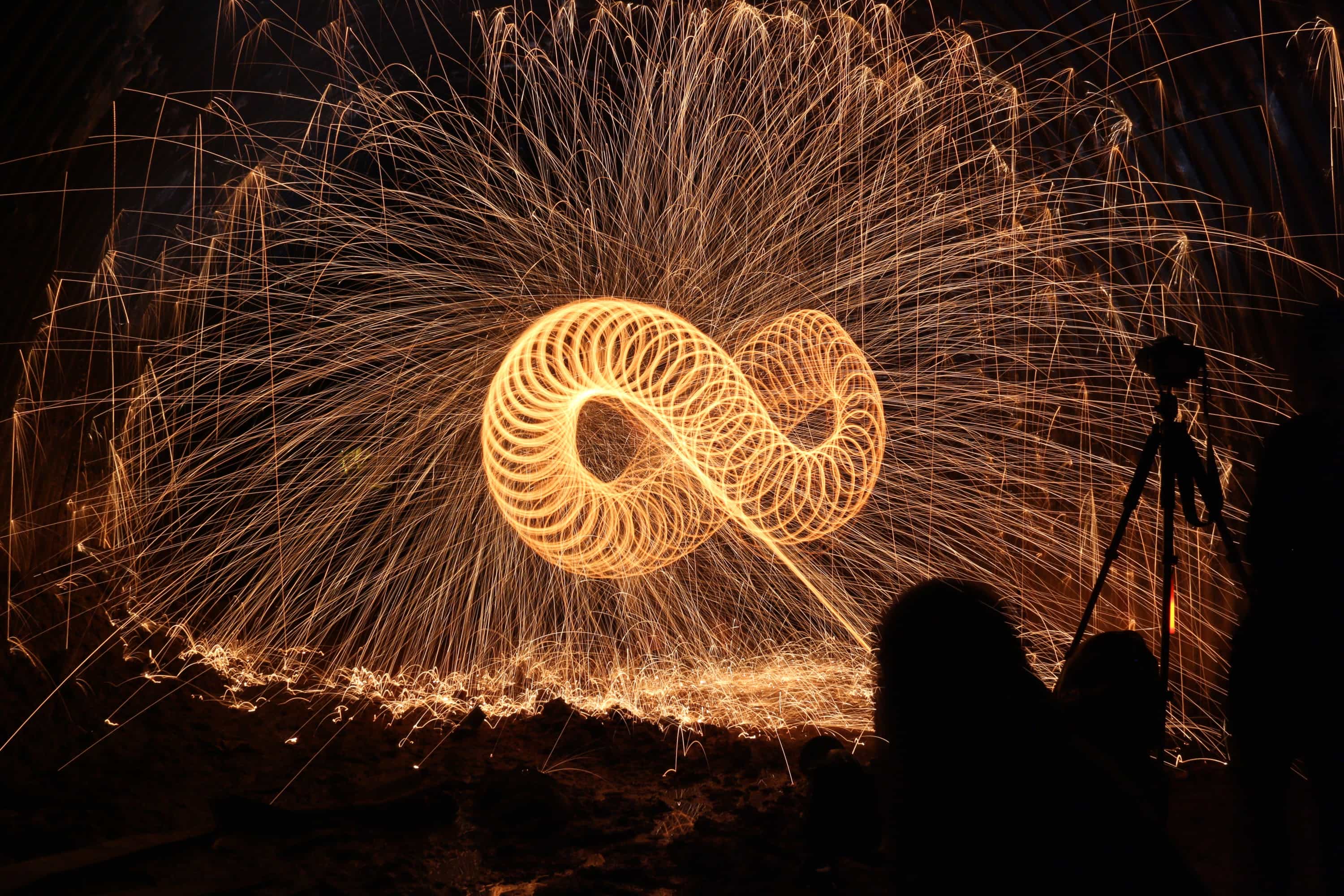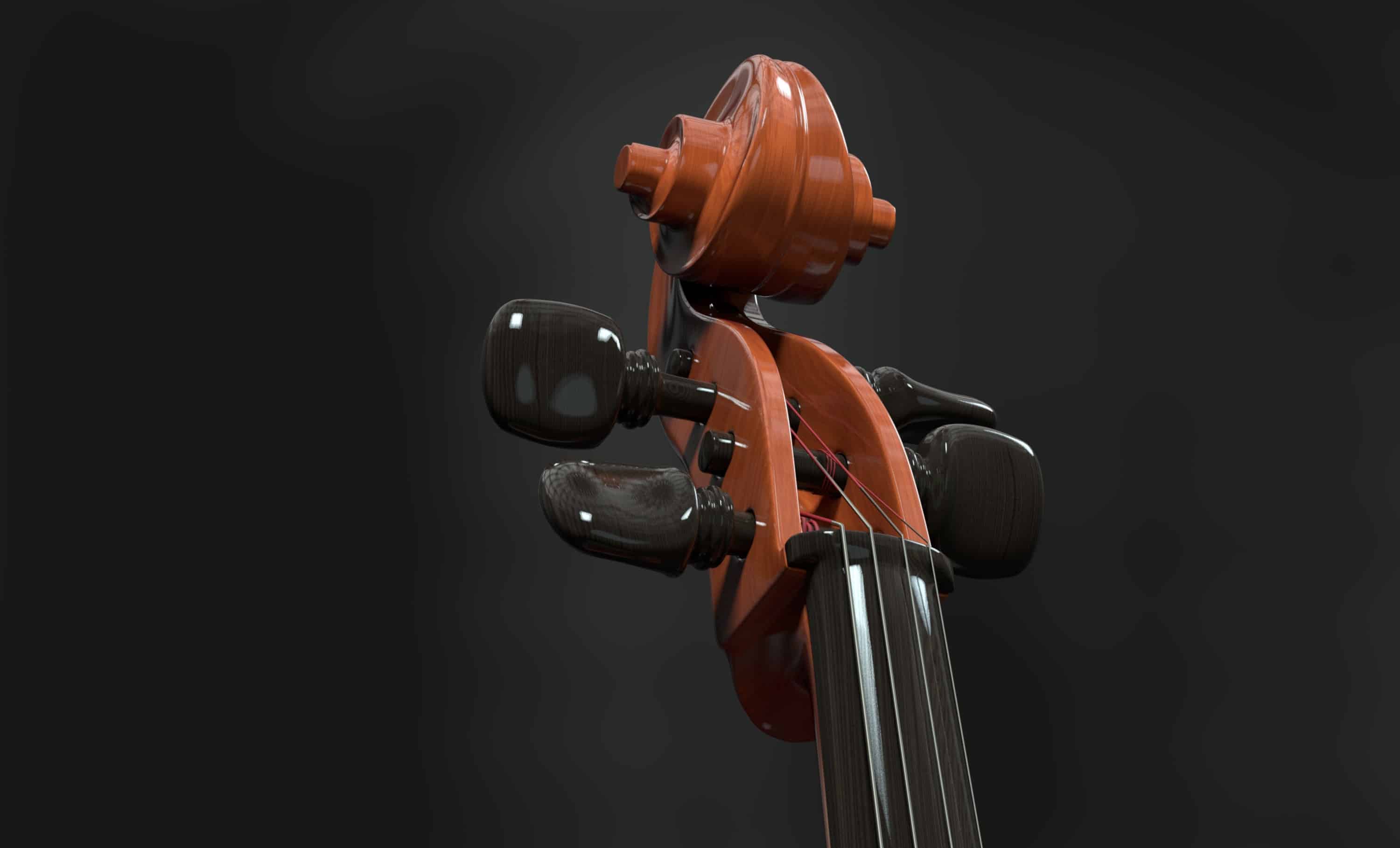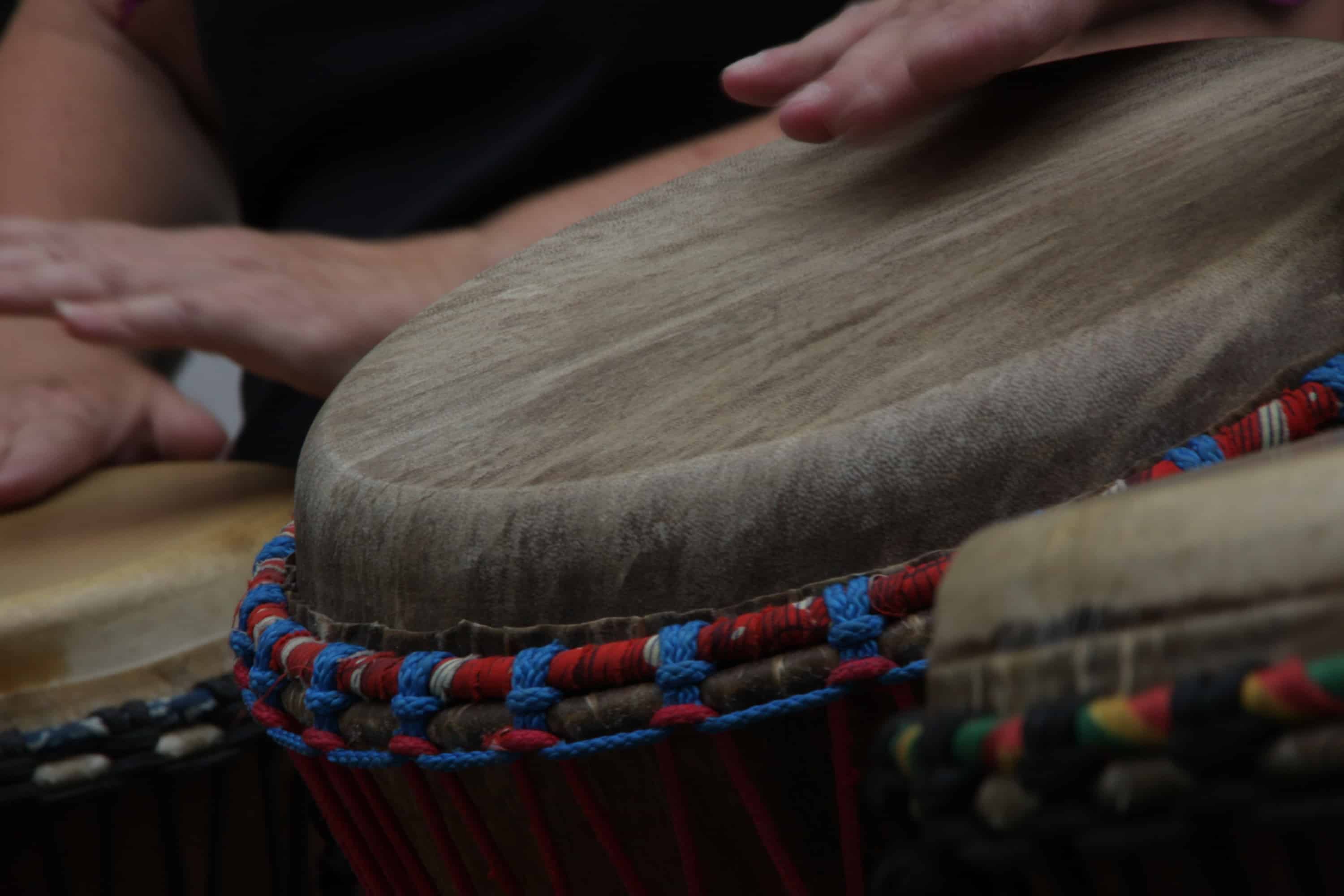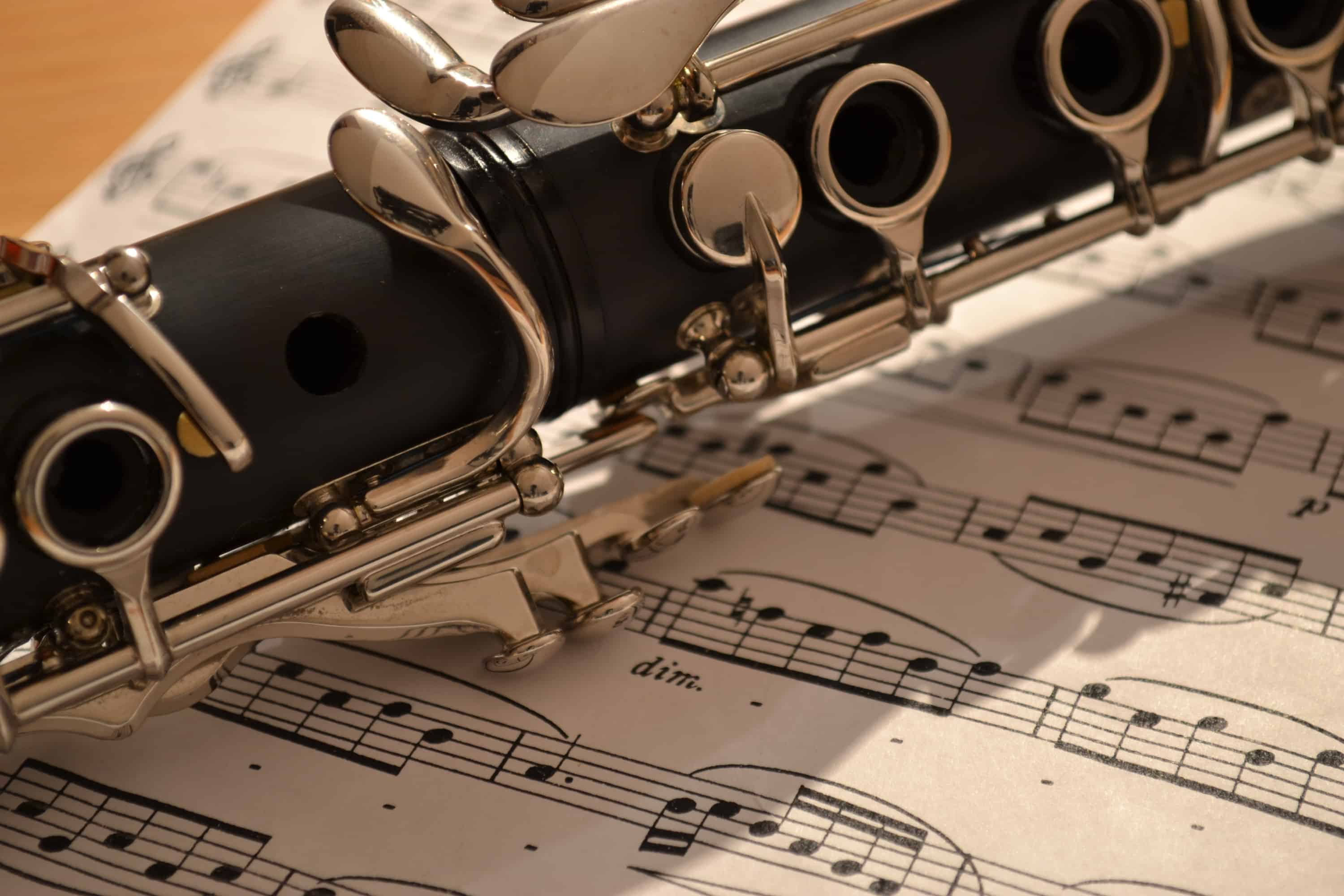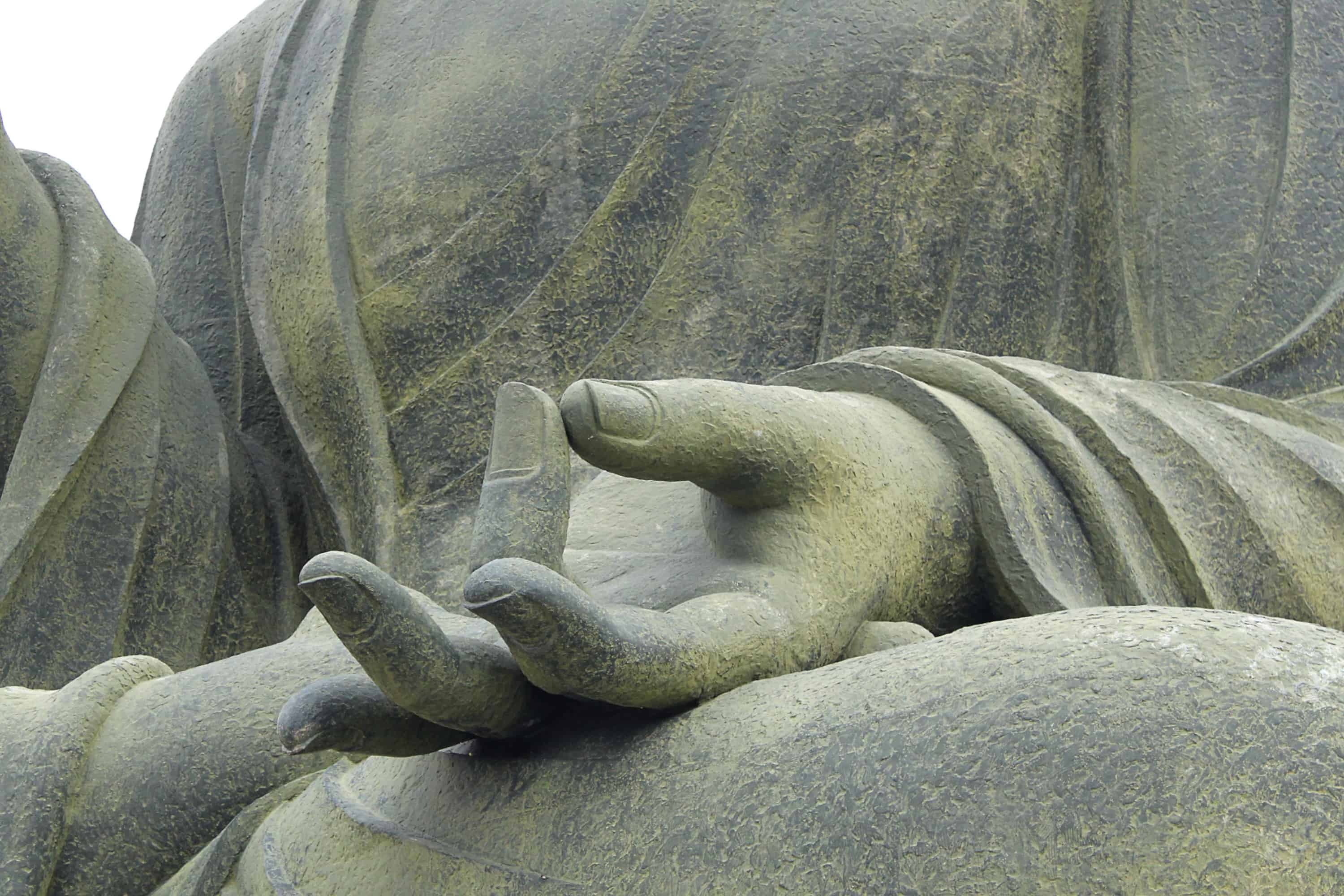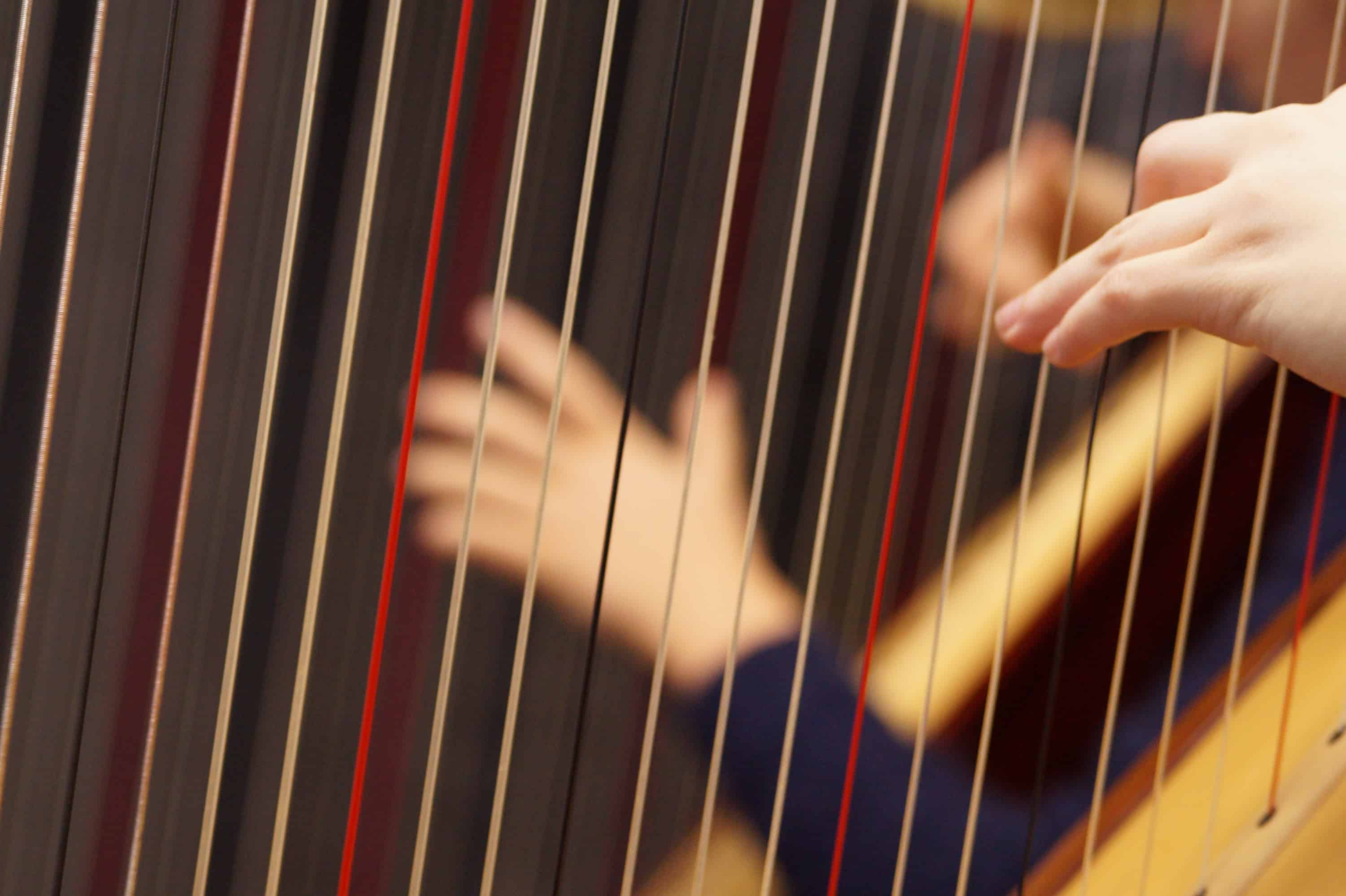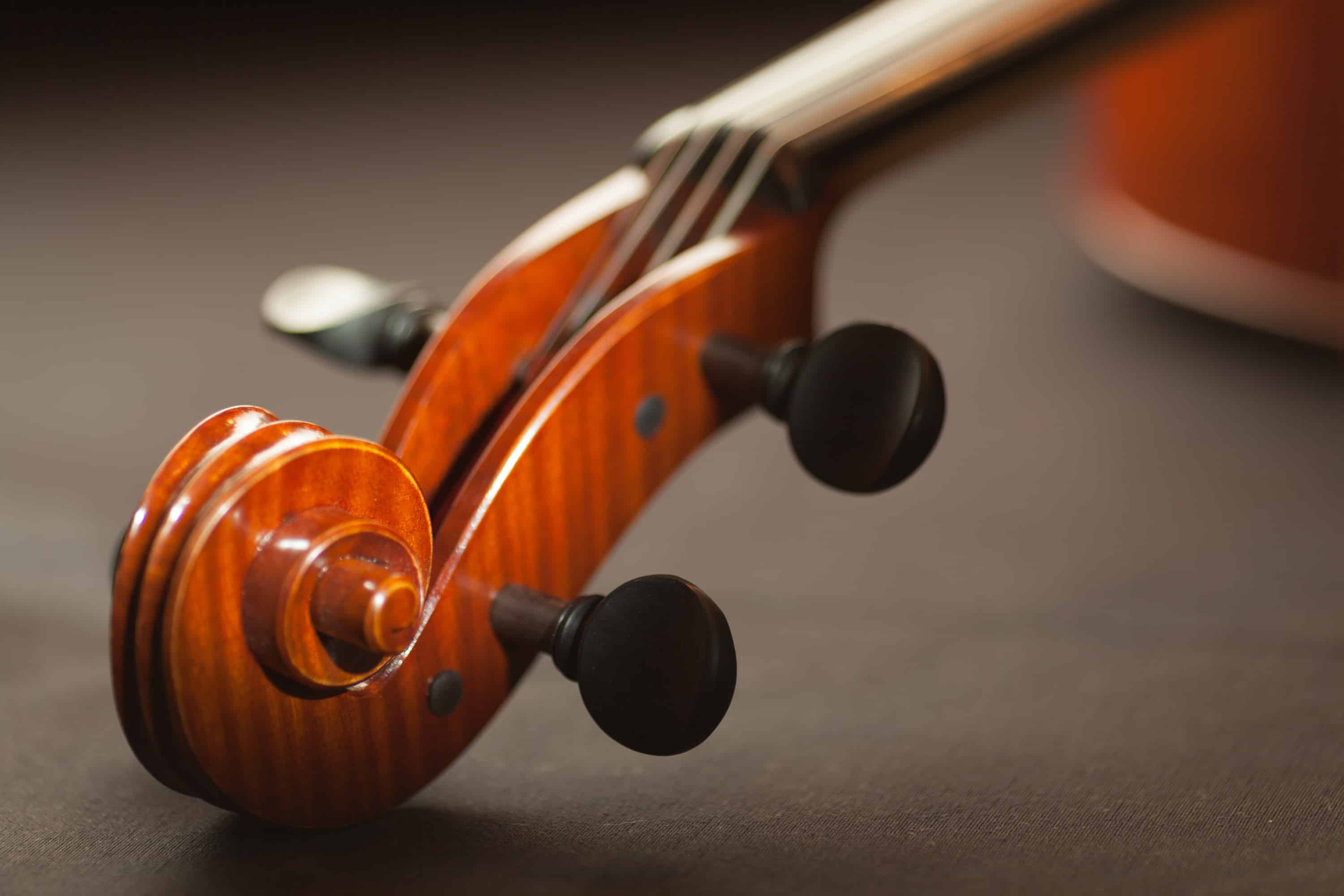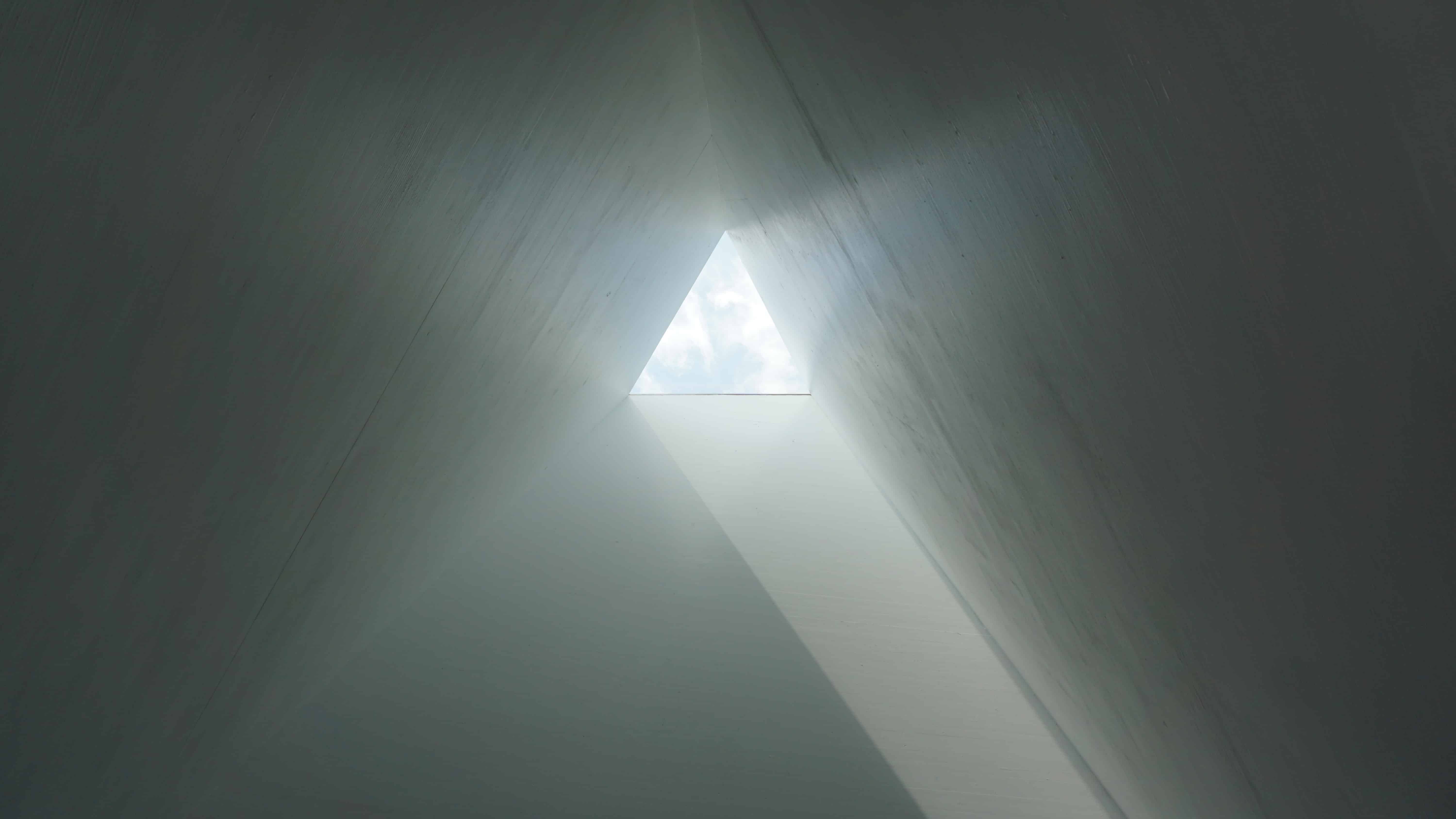Acoustic Composition 21
Tibetan Offerings (2007/20)
(Moments, Minutes and Millennia)
Three movements for solo piano.
Studio Demo. Richard Casey 24/09/2021
Composition in the 21st century is not a linear process (if it ever was). Through engaging with musical systems no longer governed by the rules of functioning harmony and the inherent goal-oriented motion it reliably provides, coupled with the use of preconceived formal plans revealing textural landmarks that can be composed as self-contained musical units, the contemporary composer often realises parts of their score in near abstract isolation, sometimes long before knowing what comes directly before or immediately after. Some composers have even used this abstract isolation as a primary element of form e.g. Birtwistle’s ‘blocks’ and Lutosławski’s ‘mobiles’. There may be a preconceived plan, and some compositions can be realised exactly as its conception predicted, but most pieces tend to require that planning evolves (or is flexible by design) and customises itself in reaction to the maturation of materials as the MUSIC emerges. Through engaging with alternate process and in the pursuit of formal balance and a coherent sonic journey, ends can become beginnings and middles can become ends: Composition in the 21st century is not a linear process.
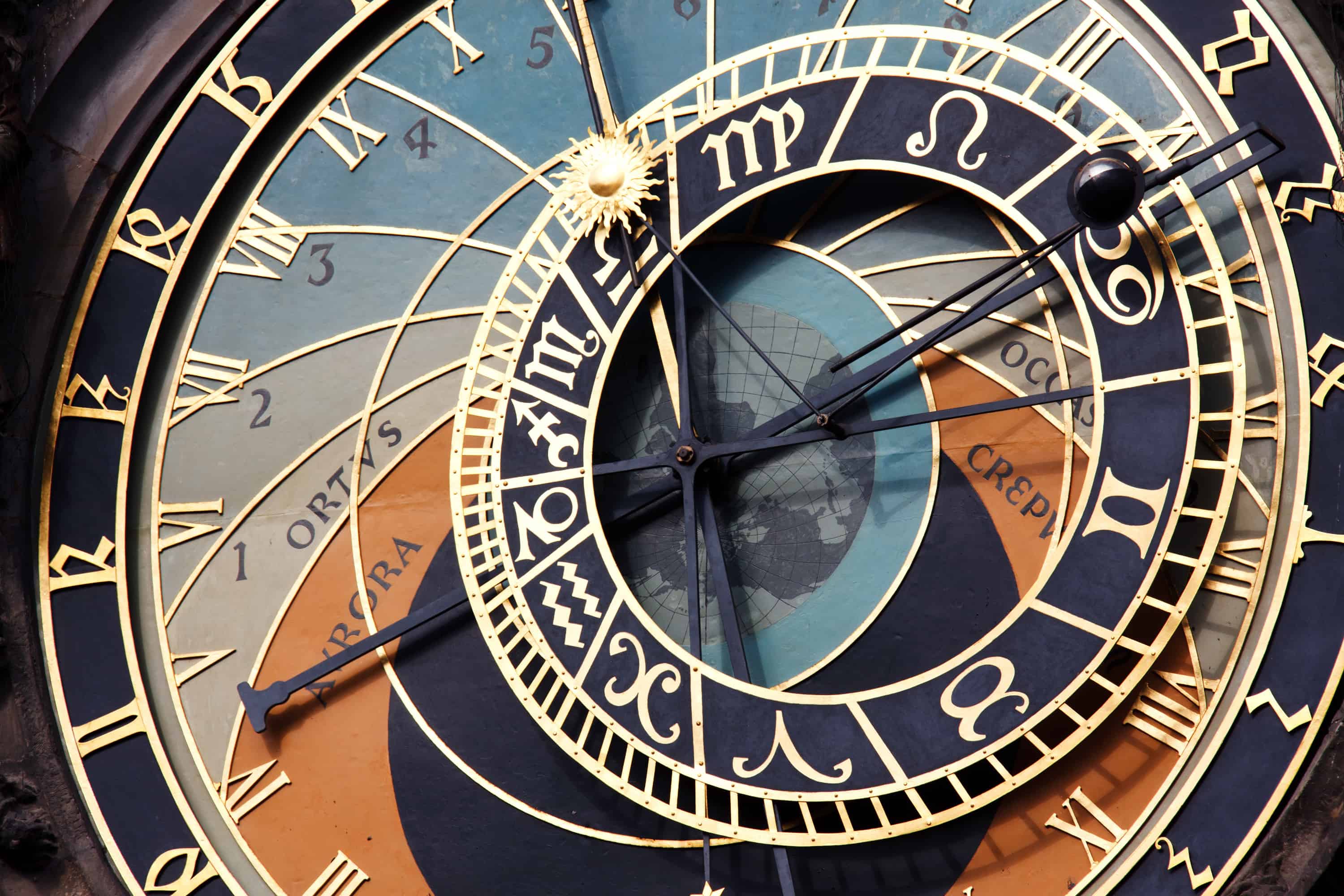
The first sketches for this three-movement work date back to December 2007. At the time, one was entrenched in PhD research and every so often needed a mental release from the exacting levels of disciplined diligence. One had been inspired by some phrases from the 14th Dalai Lama in a book of Buddhist Offerings and had almost immediately imagined elements of this music. The initial material translated well in notation for the piano and one was enthusiastic about its potential, but the emerging musical units were closely related by fundamental design and kept evolving as very similar entities during the process. This was meant to be a ‘Christmas break’ from the intensities of PhD study and there was no time to compose this work with the usual due diligence. Perhaps the subtleties of variance required an interpretation that could be captured quicker during performance? Why not record the material in real-time? Part improvised and extemporised around elements of a meta pitch-scheme, preconceived chord patterns, rehearsed phrasing, melodies and themes. This potential compositional shortcut could add an element of instinctive fun to proceedings …
Having identified a selection of fundamental rhythms, sketched formal outlines and dynamic guideposts in graphic score form, rehearsed primary thematic and melodic phrases whilst establishing a general familiarity with potential transitional pitch materials, the initial score for each of these movements was generated from three part-improvised performances recorded directly into notation software. This instantly provided an instinctive framework for the three movements and captured the subtle variances between materials. Cleaning the notation for performance proved labour intensive, so composition ceased in January 2008 (Christmas break was over) and the work was not completed in its original guise until two years later (May 2010). The resultant score was still overtly complex and excessively dissonant, so the notation was extensively edited again in March 2016, when the work was rearranged and the third movement partially recomposed, but there were still overcomplicated rhythms and rough edges that kept ‘nagging’ at the subconscious. 2020 revisions have finally diluted the complexity of notation to a reasonable level to enable performance and interweaved the emotional content of this music within more legible contours and phrase shapes. The inclusion of more countermelodies and harmonic motion (voice-leading) within the inner textures have enhanced the inherent melancholy lyricism of this sombre and serious music.
Tibetan Offerings is still a highly chromatic work, but like Birtwistle and Lutosławski (composers that I admire) and Debussy and Stravinsky (through more tonal routes) before them, one tends to favour working with an incomplete chromatic, preferring the use of eight, nine and ten-note extended scales, reserving the use of eleven-note rows for sections of heightened development, and the total chromatic (twelve-tone) for moments of textural crescendo and gestures of dynamic intensity. In pieces engaging with twelve-tone theories, one still tends to work more with collective subdivisions of the total chromatic (PC sets and their complements etc.), again reserving use of the full row for important textural and formal landmarks.
The opening bar of this score is indicative of the whole piece as it contains a form of semi-tone bitonality with a Bb 7sus4 chord [Bb – Eb – Ab] interleaved with a B diminished triad [B – D – F], one chord type favouring ambiguous consonance whilst the other favours dissonance. A similar event can be seen at figure B, where an Ab 7sus4 chord [Ab – Db – Gb] is interleaved with a tritone interval [E – Bb] and at figure C where an Eb 6sus4 chord [Eb – Ab – C] is interleaved with an E diminished triad [E – G – Bb]. This interaction of dissonance and consonance shrouded in elements of semi-tone bitonality runs throughout the three movements.
Bars 1-3 use a ten-note scale (missing E and G).
Bars 3-6 use a nine-note scale (missing E, G and Ab).
Bars 7-9 (Fig. A) use a ten-note scale (missing C and A).
Bars 10-12 use a seven-note diatonic scale (Db Major), but the repeated chord contains the two semi-tone dissonances (C/Db and F/Gb).
Bars 13-17 (Fig. B) use an eight-note scale combining Db Major and Db Jazz melodic minor: Db – Eb – E – F – Gb – Ab – Bb – C – Db.
Bars 17-24 (Fig. C) use an eleven-note row (missing A).
Bars 25-31 (Fig. D) uses the total chromatic for the first time within a localised phrase.
Bars 32-36 (Fig. E) releases the tension of the total chromatic with an eight-note scale combining B Major and B Jazz melodic minor: B – C# – D – D# – E – F# – G# – A# – B. The five-flat and five-sharp scales (Db Major & B Major) share an interchangeable role for transitions as the piece progresses.
Summation:
Having taken thirteen years to complete, with sections rearranged, revised and recomposed (third movement was originally the first, second movement originally the third), the exercise certainly did not prove to be a linear experience and it most certainly was not a compositional shortcut. However, there is an inherent linearity and tangible spontaneity to the phrasing and content of the music that has been retained even after all its revisions and edits. Whilst the language and character of the material is synonymous with this composer’s style from the past decade or so, the alternative approach to initial sketches has left an indelible imprint on the music, there is something ‘just a little bit different’ about this piece, an incorporeal elusive that is difficult to define. Now that this emotive and evocative score has found its rightful place within the composer’s portfolio, one could be tempted to engage with similar processes again in the future … Perhaps …


